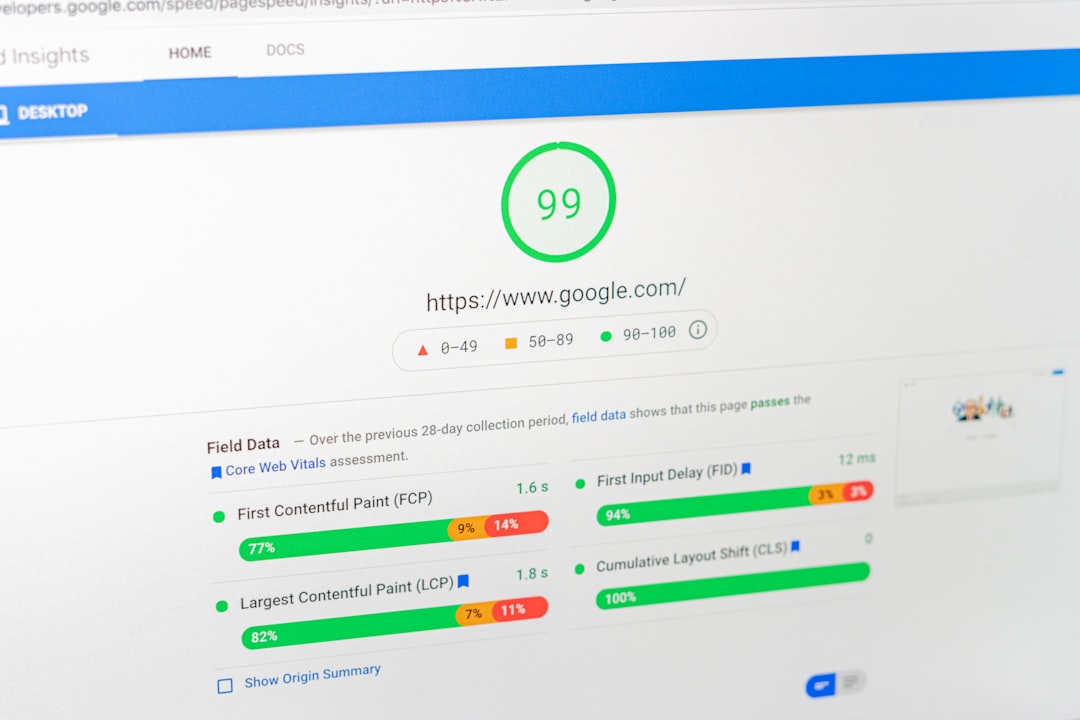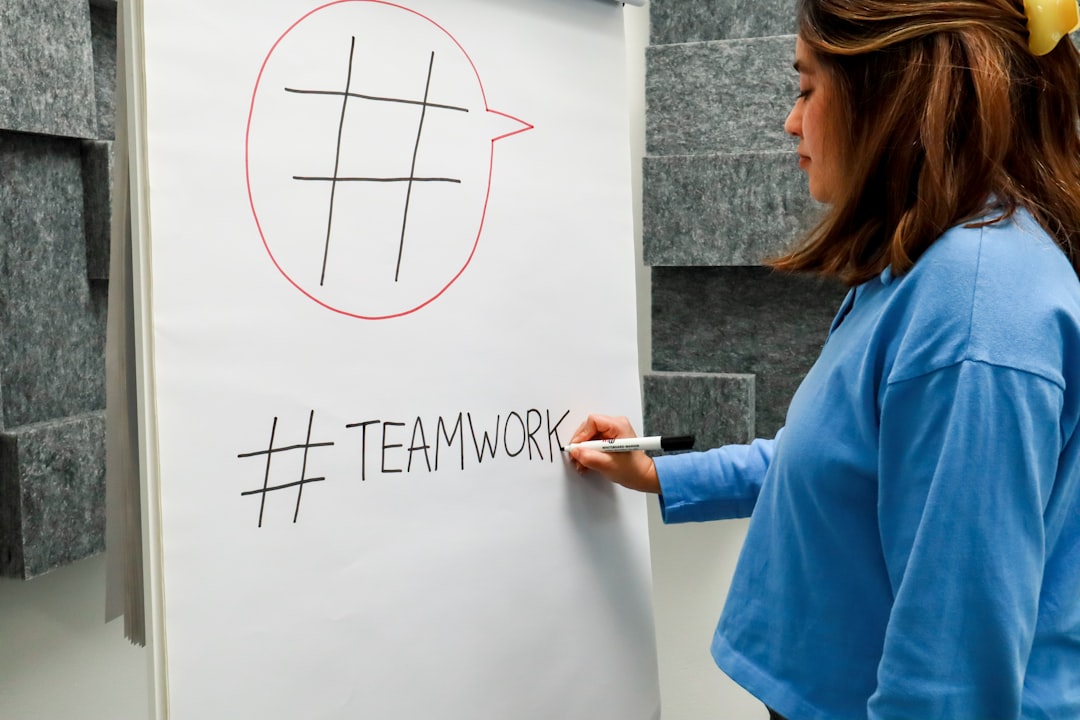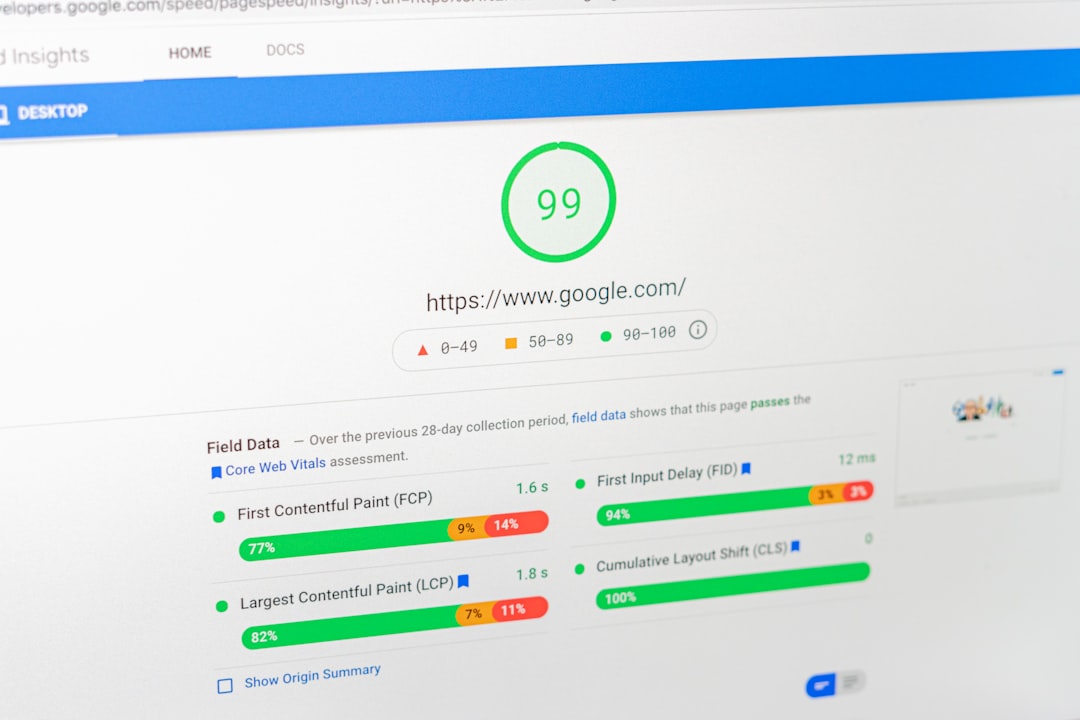In today’s fast-paced, digital-first world, streamlined customer service workflows are no longer optional—they are essential. Companies of all sizes depend on carefully planned systems to handle customer inquiries, resolve issues, and maintain high levels of satisfaction. These systems often begin with an intake form and evolve into fully automated processes that blend human expertise with advanced technology. Let’s explore how customer service workflows have transformed, the role that automation plays, and best practices for creating a seamless experience from the moment a customer reaches out.
Understanding the Customer Service Workflow
A customer service workflow is a structured sequence of steps that guides how customer inquiries are captured, managed, and resolved. Each step in the workflow is designed to enhance efficiency, reduce response times, and improve overall customer satisfaction.
At its most basic, a customer service workflow includes:
- Inquiry intake
- Ticket or case creation
- Assignment and prioritization
- Issue resolution
- Follow-up and feedback gathering
These steps ensure that every customer gets a response, and that their issue is tracked until resolution. An optimized workflow prevents requests from falling through the cracks while offering valuable insights into customer needs and team performance.
The Role of Intake Forms
Everything starts with an intake form. Whether it’s a support ticket, a contact submission on a company website, or a chatbot interaction, the intake form is the gateway to service delivery. A well-designed intake form not only captures basic information such as customer name, email, and issue category, but also uses conditional logic to ask relevant follow-up questions.
Key features of an effective intake form include:
- Multiple choice options for quick selection
- Conditional questions based on previous responses
- Integration with CRM systems for record keeping
- Real-time validation and confirmation
By gathering detailed and structured information upfront, intake forms enable customer service teams to quickly assess the nature of the request and determine the next steps.

Ticket Routing and Categorization
Once a request is submitted through the intake form, it enters a centralized system where it is converted into a ticket and categorized. Categories generally include technical support, billing, product inquiries, and other relevant topics. Many companies use tags or labels to facilitate faster identification and resolution.
Advanced customer service platforms use algorithms or rules-based logic to automate ticket routing. For example, a billing-related query could automatically be routed to the finance department, while a technical issue is directed to IT support. Time-sensitive or high-priority cases can be escalated based on keywords, customer status, or predefined SLAs (Service Level Agreements).
Automated prioritization helps by:
- Reducing manual sorting errors
- Improving response times
- Ensuring VIP customers receive prompt attention
The Emergence of Automation in Customer Service
The rise of automation in customer service has revolutionized how support is delivered. Workflow automation removes repetitive tasks, streamlines communication, and significantly boosts productivity. Some of the most impactful customer service automations include:
- Automated responses: Instant email or chatbot confirmations reassure the customer that their request has been received and is being addressed.
- Task assignment: Tickets are assigned to the most suitable agent based on workload, expertise, or language preference, often via AI-based logic.
- Reminders and follow-ups: Scheduled alerts ensure that service agents follow up on unresolved cases in a timely manner.
- Self-service tools: Knowledge bases and FAQs allow customers to find answers on their own before contacting support.
These automations not only save time but also allow human agents to focus on more complex or emotionally sensitive issues that require discretion and empathy.

Integrating Data and Feedback Loops
Modern customer service workflows are rich with data. Companies can track metrics such as time to first response, resolution rate, customer satisfaction score (CSAT), and net promoter score (NPS). These metrics inform continual refinement of the customer experience.
Feedback loops are an essential part of this process. After resolving a case, companies should request honest feedback via short surveys or NPS prompts. This feedback can highlight what’s working well and what needs improvement. Pairing feedback with analytics can help identify trends—such as recurring product issues—that might indicate bigger systemic concerns.
Best Practices for Building Effective Workflows
Creating a highly functional customer service workflow requires careful planning and continuous iteration. Here are some best practices that top-performing organizations follow:
- Start with the customer in mind: Design workflows that prioritize simplicity, clarity, and speed for the end user.
- Map your processes visually: Use flowcharts or diagramming tools to outline every step and decision point in the workflow.
- Utilize integrations: Connect your helpdesk software with CRM, email, chat, and project management tools to eliminate silos.
- Review and refine regularly: Set quarterly reviews to assess what is and isn’t working and make timely improvements.
- Train your team: Ensure your agents understand the workflow, tools, and escalation paths so they can support customers effectively.

The Future of Customer Service Workflows
As AI and machine learning technologies continue to advance, the future of customer service workflows will undoubtedly become even more intelligent. Predictive service, where potential issues are flagged before a customer reaches out, is likely to become mainstream. Voice analysis, sentiment detection, and real-time language translation will make support even more accessible and responsive across borders.
However, the human touch will still play a vital role. Automation should not replace human interactions but rather enhance them. Empathy, understanding, and emotional intelligence are qualities that machines cannot replicate fully—at least not yet.
Conclusion
From intake forms to intelligent automation, customer service workflows have come a long way. Organizations that strategically implement these systems can achieve better outcomes for their customers and greater efficiency for their teams. By adopting best practices, embracing technology, and staying attuned to customer needs, businesses can build support systems that not only resolve problems but also strengthen loyalty.
Frequently Asked Questions (FAQ)
-
Q: What is a customer service workflow?
A customer service workflow is a structured process that governs how customer inquiries are handled, from initial contact to final resolution. -
Q: Why are intake forms important?
Intake forms efficiently gather essential information from the customer to enable faster, more accurate routing and resolution of service requests. -
Q: How does automation benefit customer service teams?
Automation reduces repetitive manual tasks, speeds up response times, ensures consistent service, and allows human agents to focus on complex issues. -
Q: Can automations replace human agents?
No. While automations can handle simple or repetitive queries, human agents are still essential for handling nuanced or emotionally involved cases. -
Q: What tools are commonly used to manage customer service workflows?
Popular tools include Zendesk, Freshdesk, ServiceNow, Salesforce Service Cloud, and Help Scout among others.
 logo
logo



